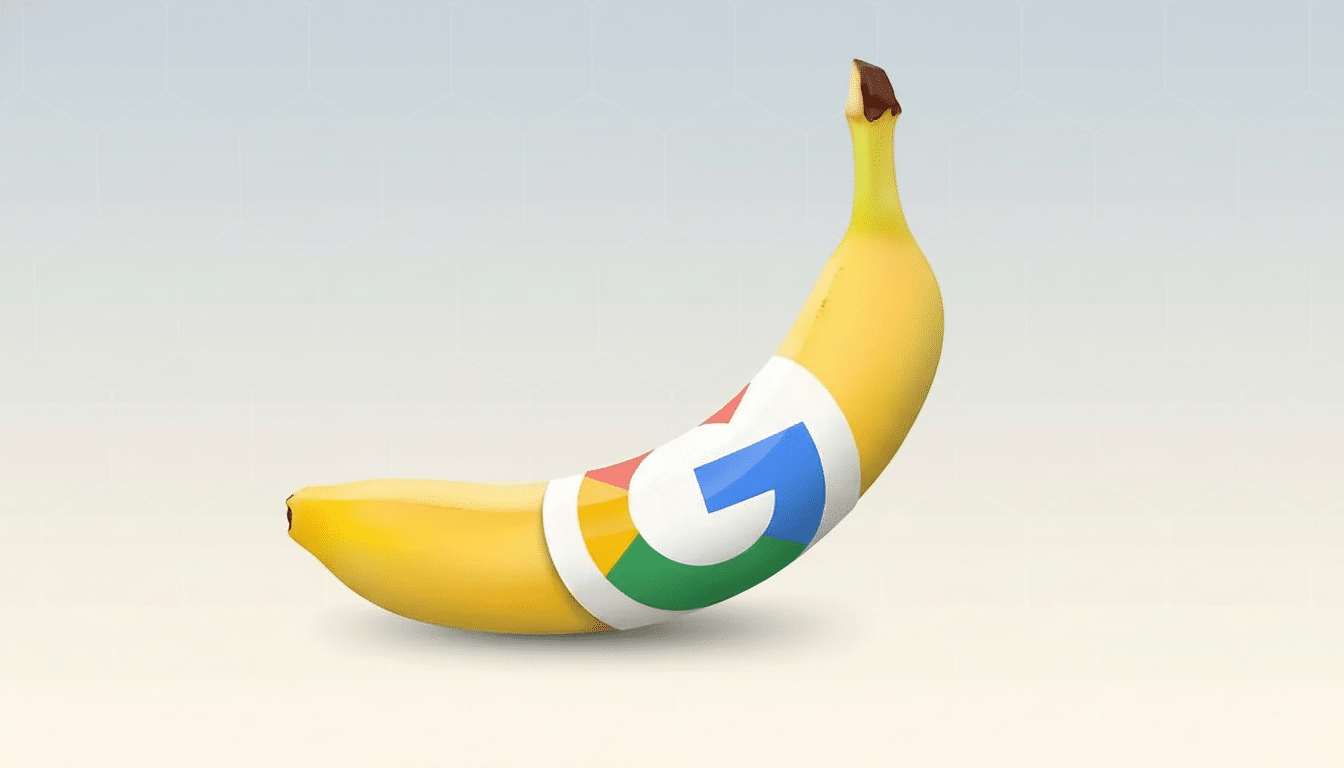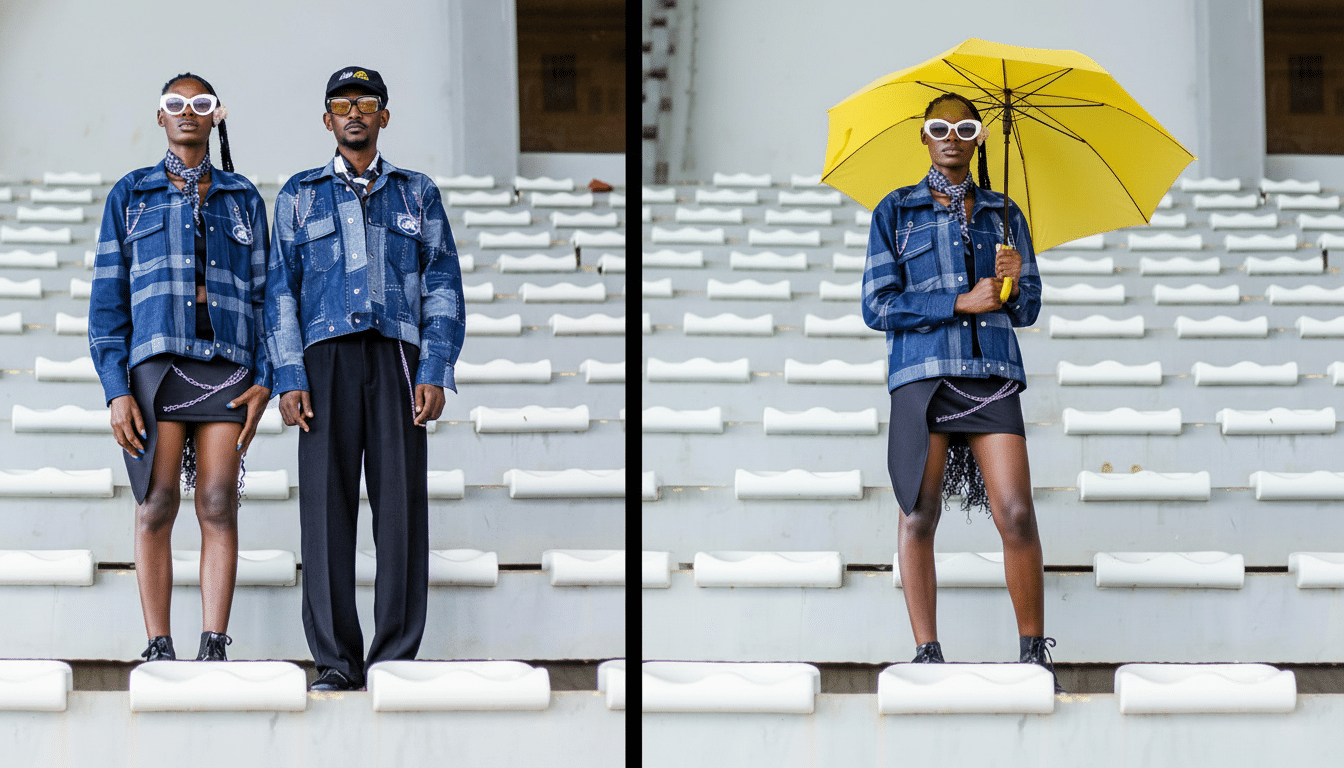Google is integrating its whimsical-yet-powerful Nano Banana image generator further into its service offering, lighting it up in NotebookLM and Google Lens with integration for Google Photos down the road. The move translates a buzzy text-to-image model into an actual creative tool that shows up right where people study, search and manage memories — no detour through a prompt box necessary.
How Nano Banana Works Inside NotebookLM Today
Now we automatically transcribe your notes with explanatory diagrams and illustrations in real time. Google says the capability can render in six different styles — Watercolor, Papercraft, Anime, Whiteboard, Retro Print and Heritage — so a dense concept map may become a quick explainer with just the right tone for your audience.

Put into practice, that means a student’s outline on the details of cell division can immediately incorporate labeled sketches or frames of a product brief outline without ever leaving the doc. The value proposition isn’t flashy artwork — it’s speed, clarity and consistency on demand, woven right into the process of study and planning.
Lens Launches Create Mode in Select Markets
In the Google app, Lens now features a Create mode in the US and India (with English available at launch). Take or choose a photo from your camera roll, tap Create, then use natural language to reshape or add things to it. It’s a tight loop: see something, grab it, then change it without shifting between apps or contexts.
There are signs of more widespread search integration being contemplated. Android Authority spotted Nano Banana references in the Google app’s code for AI Mode and Circle to Search, and a senior Search engineering leader teased “keep your eyes peeled” on X. Even if those surfaces come later, Lens is a smart beachhead — visual intent meets visual output.
Photos Is Next Up for Nano Banana Integration
Nano Banana is “coming soon” to Photos, Google says, and could change some everyday editing chores. Today, Photos relies on tools like Magic Editor and Magic Eraser; Nano Banana adds generative restyling, composite scenes and fast diagrammatic layout for albums and stories. Anticipate safety rails to maintain edits contextually aware and reversible, in keeping with Photos’ consumer-friendly philosophy.
What’s key here: Bringing this kind of generative creation to Photos meets people where they live with their personal media. That places Nano Banana one tap away from some of the most viewed images a user has — and traditionally this kind of adjacency will hook people to features far better than if they’re just AI playthings.
Why This Rollout Matters for Everyday Google Users
Nano Banana quickly gained traction after its rollout within Gemini, recording more than 200 million edits in weeks, Google said. By making the model native to high-frequency surfaces — notes, search and soon Photos — Google is transforming novelty into habit. It’s the same playbook that made Lens (and other Google products) sticky: utility where attention already is.

The feature set is also a bet on explainability. Styles like Whiteboard and Retro Print aren’t just for looks; they’re designed to be quickly understood. That comports with research from other education technologists that visual scaffolding enhances memory and engagement, especially when students are grappling with difficult subject matter.
Safety Labels and Policy Guardrails for AI Images
AI-generated imagery is marked by SynthID watermarking and with metadata, a technique that Google has openly discussed with research partners to create standardized provenance information for content. The company also imposes policy limits around sensitive content, political persuasion and realistic depictions of identifiable people — those constraints will likely carry over to Lens and Photos integrations.
In practice, for users of the tools — intelligence agencies or anyone with access to them — the bottom line is predictable behavior: it should be easier to produce caricatures, like diagrams and stylized illustrations, for instance, or whimsical composites than hyper-realistic photographic edits of actual people.
That bias toward clarity is a feature, not a bug, of NotebookLM.
Early Indicators and Key Questions to Watch Next
Code suggestions from Android Authority mention Nano Banana hooks in AI Mode for Search and Circle to Search, but not all buttons are live or interactive at this time. If those pathways graduate to general availability, people might circle an object on-screen and then, just as quickly, produce a variation or embellishment — powerful, but also a moderation nightmare.
Two other variables to watch: localization and latency. The rollout of Lens, for now an English-only feature in two markets, will also help test prompt comprehension and safety filters as more languages and regions are introduced. And though Nano Banana is dubbed “nano,” it will live or die based on whether its low-latency performance indoors, as well as when needed for spontaneous outdoor grab-and-go uses, strikes people as natural rather than novel.
The pattern is clear: Google is shifting generative imaging from a destination to a layer. And if Photos sticks its landing as promised and Search experiments emerge, Nano Banana could become the de facto way that many people sketch ideas, annotate reality and remix the mundane — without ever thinking of it as a discrete tool.

